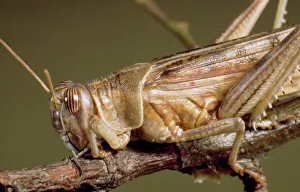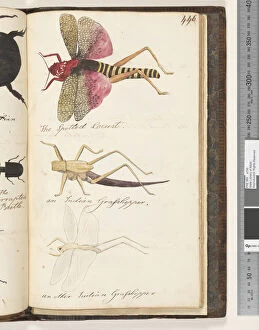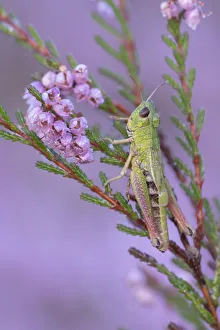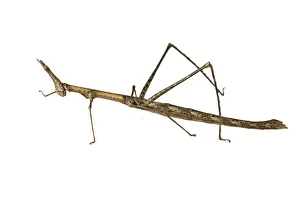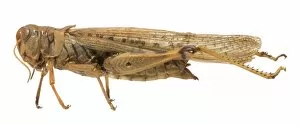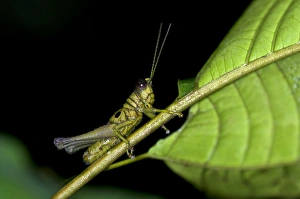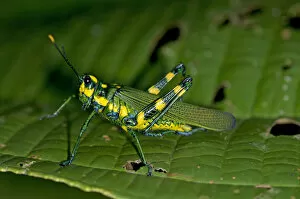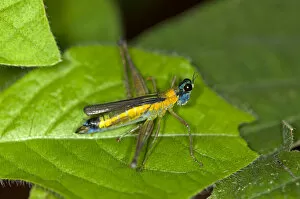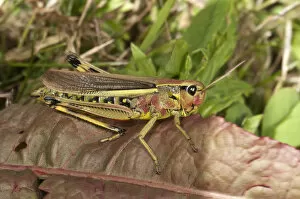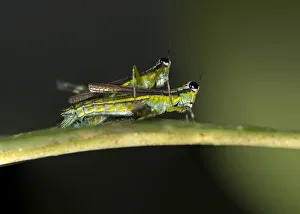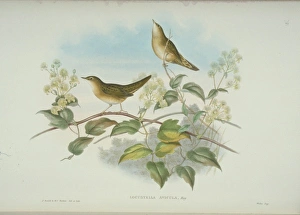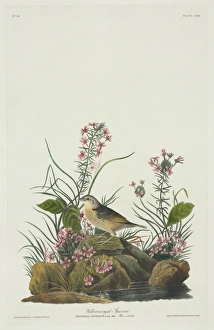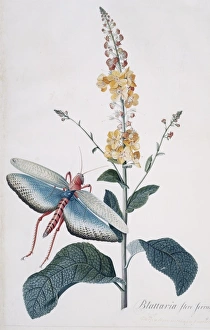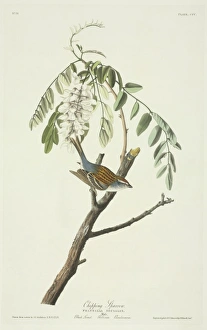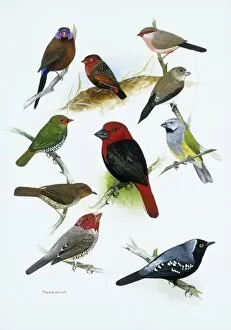Caelifera Collection
"Caelifera: A World of Grasshoppers and Locusts" In the vast expanse of nature, a fascinating group of insects known as Caelifera captivates our attention
All Professionally Made to Order for Quick Shipping
"Caelifera: A World of Grasshoppers and Locusts" In the vast expanse of nature, a fascinating group of insects known as Caelifera captivates our attention. Among them, the Schistocerca gregaria, commonly known as the desert locust, stands out with its remarkable ability to swarm and devastate crops in its path. This relentless creature reminds us of both their destructive power and their crucial role in maintaining ecological balance. On the other hand, we have the Chapuline grasshopper (Sphenarium mexicanum), an enchanting resident of Los Tuxtlas rainforest in Mexico. Its portrait captures the vibrant colors that adorn its body, showcasing nature's artistic prowess. July brings life to this lush forest as these grasshoppers hop from leaf to leaf, contributing to the delicate ecosystem they call home. Delving into historical records reveals intriguing depictions such as those found on page 446 - The Spotted Locust; an Indian Grasshopper; another Indian Grasshopper from 1810-17. These watercolor illustrations accompanied by manuscript text transport us back in time when explorers marveled at these creatures' beauty and diversity. Page 448 introduces us to a captivating array of species like The Scorpion, The Armenian Bird Spider, The Black-tipped Yellow Butterfly, The Glossy Green Carabus, The Caerulian Savage, andThe Ephippiger Grasshopper from 1810-17. These intricate drawings remind us that even within a single insect order lies an astonishing variety waiting to be discovered. Closer to home but no less mesmerizing is the Meadow grasshopper (Pseudochorthippus parallelus) perched delicately on Common heather (Calluna vulgaris). This harmonious scene showcases how different organisms coexist peacefully amidst nature's tapestry.

